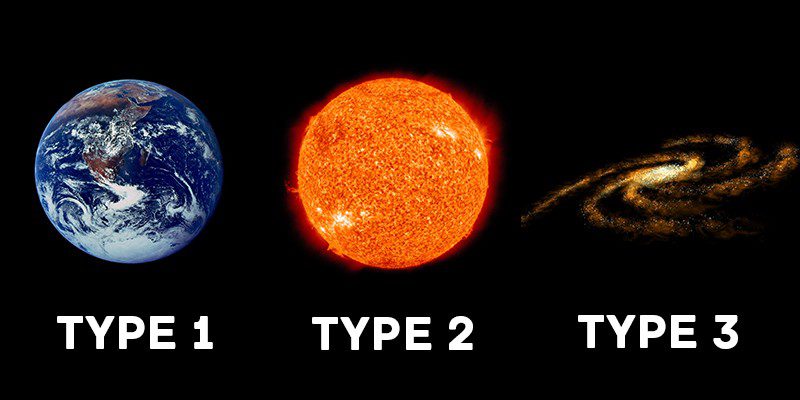While discussing the probability of interstellar travel, there exists a “giggle factor”, basically signifying how many scientists scoff upon the idea of travelling light years to reach other stars. In fact, according to Einstein’s Theory of Special Relativity, no usable information can travel faster than light locally, and hence it would take centuries to millennia for travel to occur between stars.
Interstellar travel, simply put, is manned or unmanned travel between stars. We’re going to focus on the manned aspect.
Nonetheless, like many sci-fi fanboys, scientists have always considered theories and means by which interstellar travel might be possible. Regardless of the challenges that are posed by the speed of travel, medium, fuel and technology, a few scientists are engrossed with the likelihood of life and intelligence out there. Scientists like Kardashev.
Also Read: The Fermi Paradox – Are Aliens Watching Us?
The Kardashev Scale
Russian astrophysicist Nicolai Kardashev was one of the pioneers of the entire system of analyzing extra-terrestrial civilisations, while including the point of view of laws of physics and thermodynamics. Simply put, he used scientific methods in an attempt to classify the dynamics of extra-terrestrial civilization. He proposed a scale which would classify hypothetical alien civilisations based upon the energy at their disposal.
His classifications may be listed as under:
Type I:
This civilization harnesses the energy output of an entire planet. They would have the power to modify planetary phenomena – such as weather conditions – or even natural disasters, such as hurricanes or volcanoes.
Type II:
This civilization harnesses the energy output of a star, and generates about 10 billion times the energy output of a Type I civilization. They might be able to manipulate the power of solar flares and other stellar phenomena.
A popular example of this Type would be the Federation of Planets as seen on Star Trek, which has the ability to ignite stars and have colonized a fraction of nearby stars in the galaxy.
Type III:
This civilization harnesses the energy output of a galaxy, or about 10 billion time the energy output of a Type II civilization.
A Type III civilization may resemble the Galactic Empire of the Star Wars saga. They have colonized the galaxy itself, extracting energy from hundreds of billions of stars.

What Type Are We
Actually, we don’t fall under any of the above types.
By contrast, we are a Type 0 civilization, as we extract energy from dead plants (oil and coal). Growing at the average rate of about 3% per year, however, one may calculate that our own civilization may attain Type I status in about 100-200 years, Type II status in a few thousand years, and Type III status in about 100,000 to a million years. Compared to the universe itself, however, these timescales are very negligible.
Different propulsion systems per Type.
On this scale, one may now rank the different propulsion systems available to different types of civilizations:
Type 0
• Chemical rockets
• Ionic engines
• Fission power
• EM propulsion (rail guns)
Type I
• Ram-jet fusion engines
• Photonic drive
Type II
• Antimatter drive
• Von Neumann nano probes
Type III
• Planck energy propulsion
In the next part, I’ll be discussing the propulsion methods in detail, and scope of travel.





3 Comments
Comments are closed.